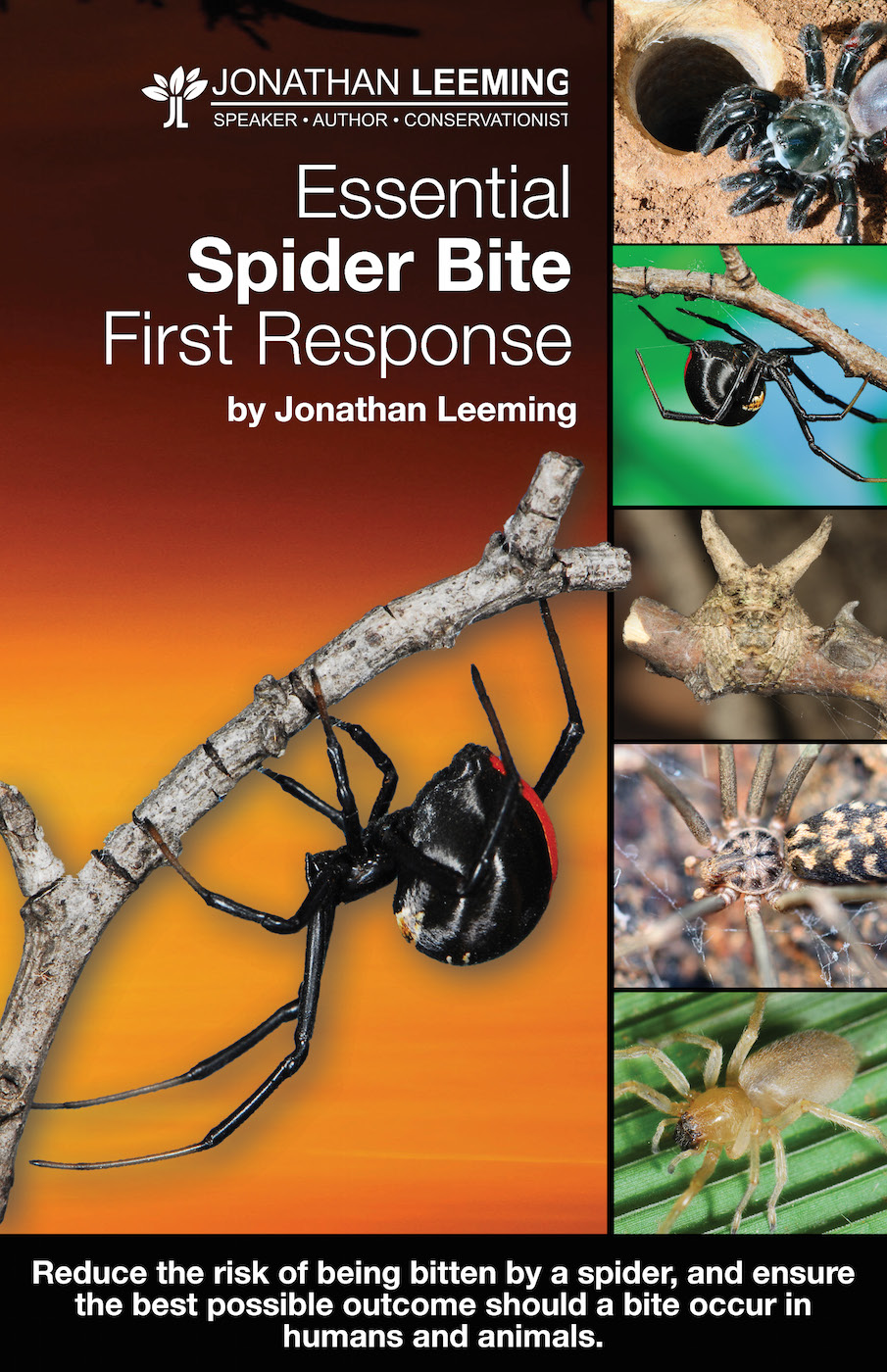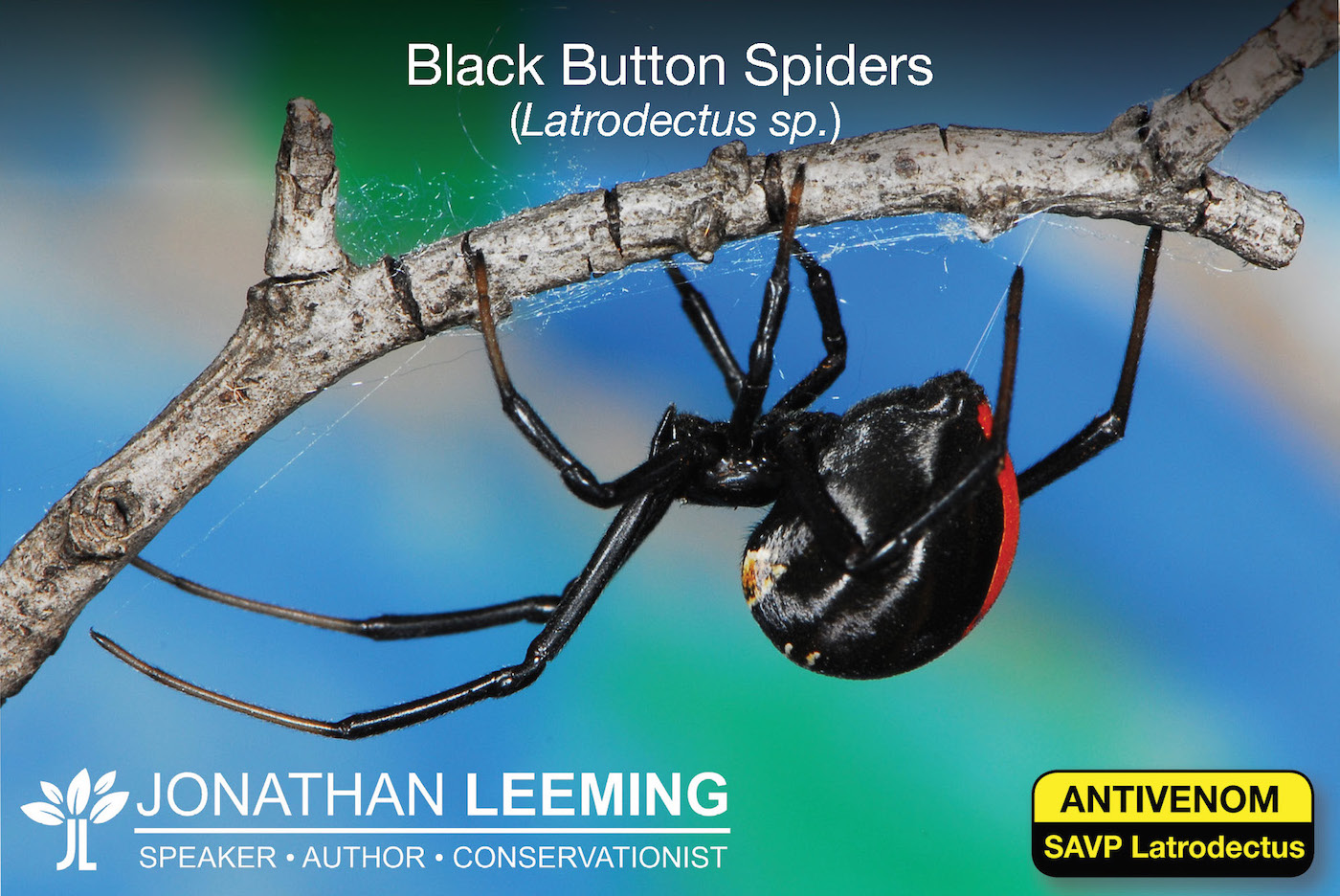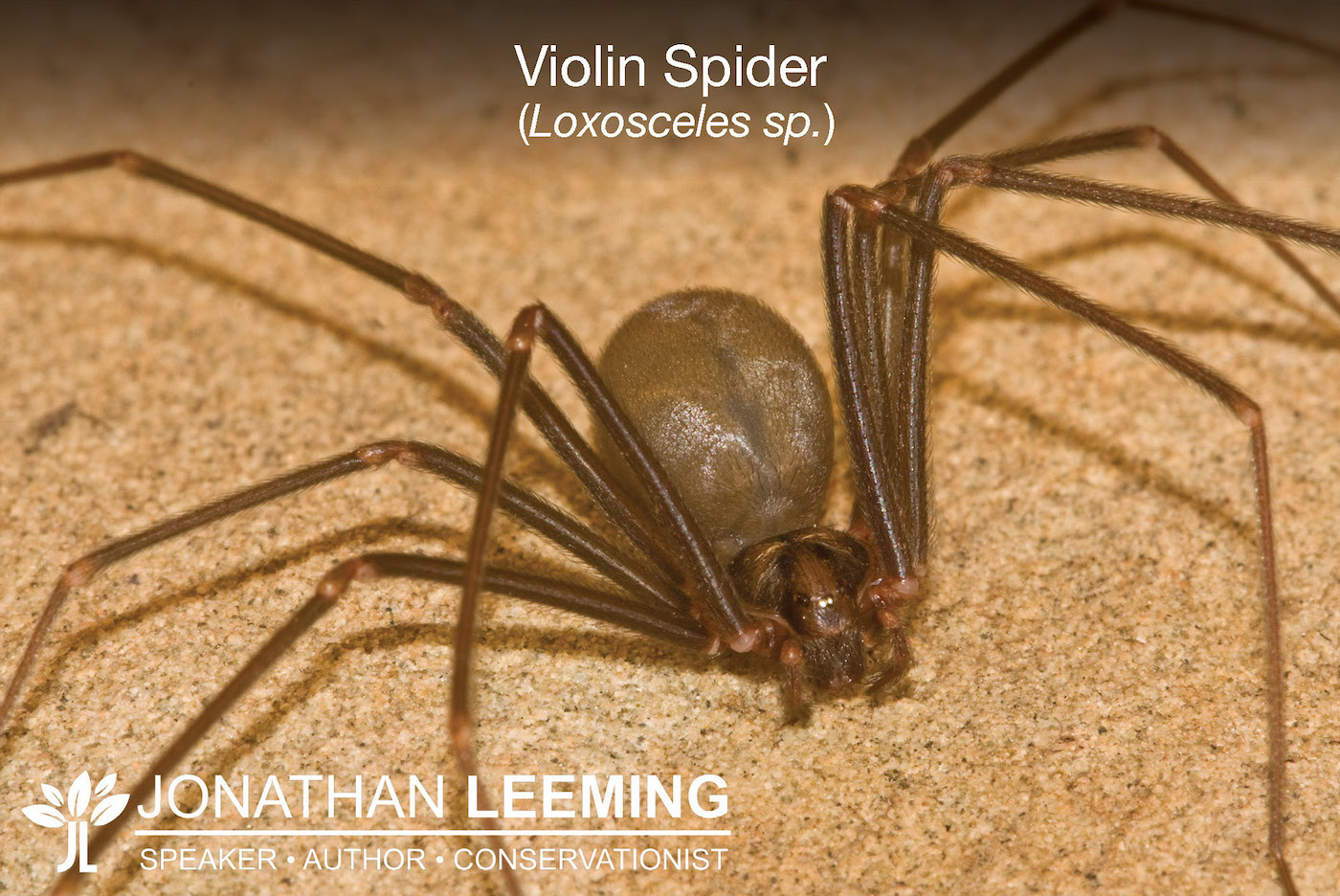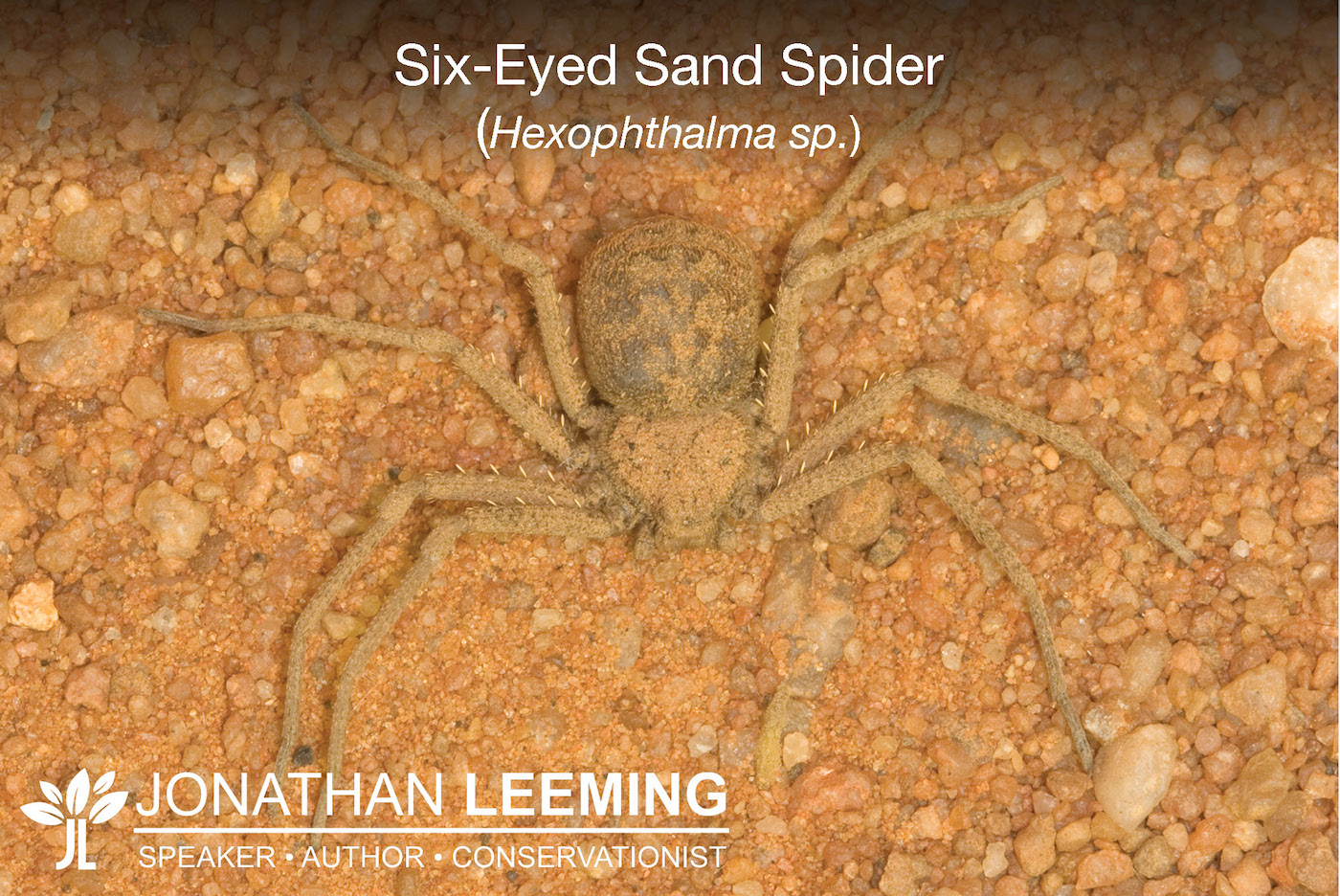
All spiders have evolved under the context of the spiders natural history. Since spiders are a numerous and diverse group of animals, their venom differs vastly from species to species. They have 2 venom glands just behind the fangs where they manufacture and store their venom. When muscles around the venom glands contracted, venom is squeezed out through a small opening at the end of the fangs. When defending themselves from threats or catching prey, the spider regulates the amount of venom injected, according to the circumstances.
Although many people consider all spiders to be highly venomous, not all spiders possess venom potent enough to do humans or animals great harm. Most species have such weak venom that symptoms are no more than an uncomfortable inconvenience persisting for only a few minutes.
It must be noted that spider bite misdiagnosis is very common. If the patient did not see the spider bite them, the question must be asked is it a spider bite at all?
South Africa is home to about 2300 named species of spider, the majority of which are not of medical significance. The action of spider venoms has been well documented in laboratory studies. Except for the Sac Spider, the following common names refer to groups of spiders.





South African Vaccine Producer Latrodectus Antivenom is the only effective treatment for the bites of both the Black Button Spider, and is often used to treat the symptoms of a Brown Button Spider bite.
There are social media rumours that the Sac Spider is not of medical importance. We have peer reviewed papers that demonstrate the action of their venom. Some of these papers are old and involved laboratory animals in the respective studies. The most recent paper that states their medical importance is 2022. According to arachnologists and medical professionals in South Africa , the Sac Spider is of medical importance. According to some individuals on social media, they are not. it is good to question what we already know. This is how we refine our model of the world.
However, there is no evidence, no peer reviewed reseatch paper that has proven the Sac Spider as not being of medical importance. This perspective of spider bites is based upon peer revied research, and although it is interesting to be aware of new ideas and ideology, I side on science rather than social media hearsay.
